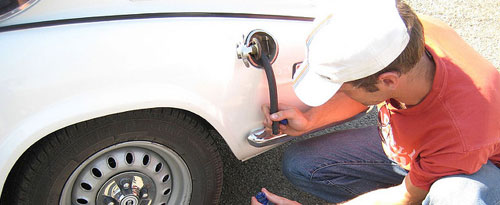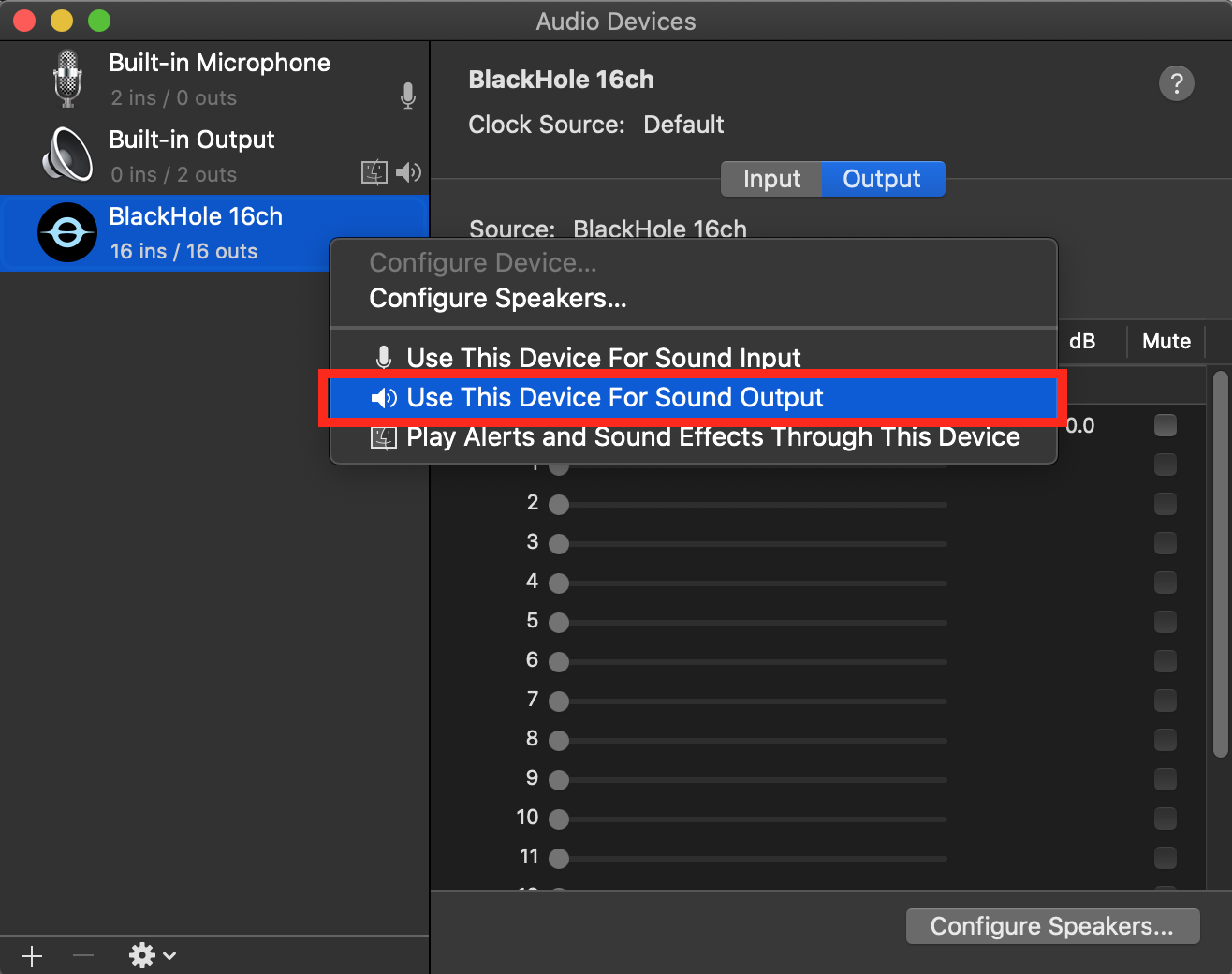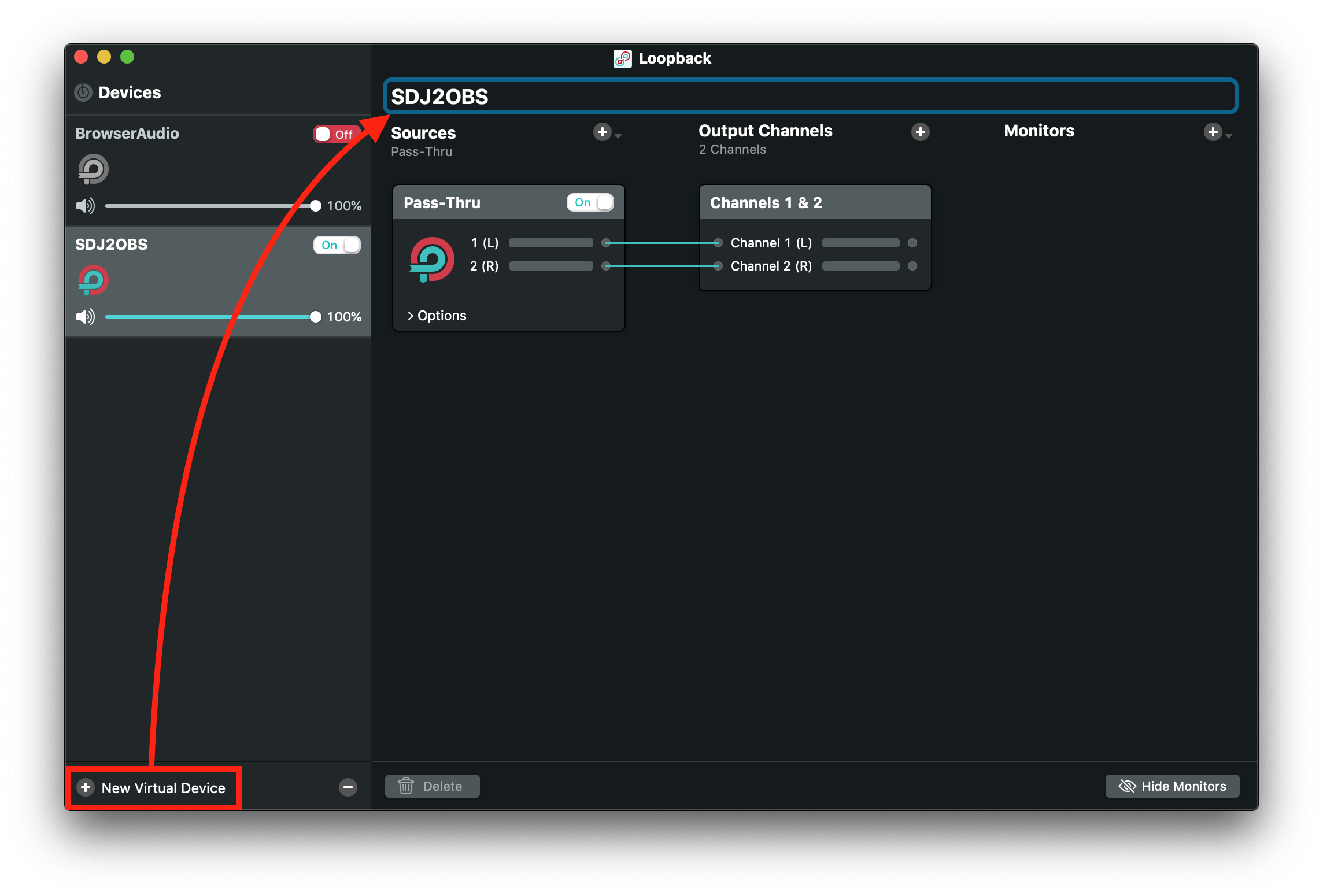

Remove the flush valve canister (if you have one) to access the seal.Remove any remaining water with a sponge or towel.Turn off the water supply to the toilet flush the toilet to empty the tank.The seal under the flapper is brittle or damaged. You’ll have to replace a damaged flapper and adjust a flapper that’s out of alignment.A misaligned flapper may not open at all when you flush.A damaged flapper is damaged won’t form a tight seal.The flapper is cracked, brittle, damaged, or misaligned. If that doesn’t work, you may need to replace it.Try jiggling the handle to reset the flapper and “remind it to do its job.”.If your flapper’s stuck open, water will continue running into the bowl and down the drain.When you flush the toilet, it opens to let water into the bowl.Īs the tank empties, the flapper lowers along with the water level, then closes to stop the water flow. It’s the rubber seal covering the hole at the bottom of the tank. That’s the average per flush for number 1 and number 2 throughout the day - it works out to 1.28! Why Your Dual-Flush Toilet Keeps Running Intermittently 1. But dual flush toilets average only about 1.28 gallons per flush. Older toilets send between 3.5 and 7 gallons of water per flush into municipal sewers!īy law, newer low-flow toilets specify can use no more than 1.6 gallons of water per flush.

This offers obvious benefits for Southern Californians in the grip of a historic drought. That’s because you’re only using the amount of water necessary to do the job. Benefits of a Dual Flush ToiletĪ dual-flush toilet can use up to 67% less water than a standard single-flush toilet. The second button or lever is for solid waste and uses more water. The first button or lever is for liquid waste and uses less water. A lot less.Ī dual flush toilet has two buttons or levers to flush different amounts of water, depending on what’s being flushed. This cookie, set by YouTube, registers a unique ID to store data on what videos from YouTube the user has seen.The name can be confusing. YouTube sets this cookie to store the video preferences of the user using embedded YouTube video. YSC cookie is set by Youtube and is used to track the views of embedded videos on Youtube pages. The test_cookie is set by and is used to determine if the user's browser supports cookies.Ī cookie set by YouTube to measure bandwidth that determines whether the user gets the new or old player interface. The cookie is set by Snapchat to show relevant ads to the users by tracking user behaviour on Snapchat. This cookie is used for advertising, site analytics, and other operations. The cookie helps in reporting and personalization as well.įacebook sets this cookie to show relevant advertisements to users by tracking user behaviour across the web, on sites that have Facebook pixel or Facebook social plugin.īing sets this cookie to recognize unique web browsers visiting Microsoft sites. The ANONCHK cookie, set by Bing, is used to store a user's session ID and also verify the clicks from ads on the Bing search engine. This cookie is set by Facebook to display advertisements when either on Facebook or on a digital platform powered by Facebook advertising, after visiting the website. These cookies track visitors across websites and collect information to provide customized ads. YouTube sets this cookie via embedded youtube-videos and registers anonymous statistical data.Īdvertisement cookies are used to provide visitors with relevant ads and marketing campaigns. Some of the data that are collected include the number of visitors, their source, and the pages they visit anonymously. Installed by Google Analytics, _gid cookie stores information on how visitors use a website, while also creating an analytics report of the website's performance.

The pattern element in the name contains the unique identity number of the account or website it relates to. The cookie stores information anonymously and assigns a randomly generated number to recognize unique visitors.Ī variation of the _gat cookie set by Google Analytics and Google Tag Manager to allow website owners to track visitor behaviour and measure site performance. The _ga cookie, installed by Google Analytics, calculates visitor, session and campaign data and also keeps track of site usage for the site's analytics report. These cookies help provide information on metrics the number of visitors, bounce rate, traffic source, etc. Analytical cookies are used to understand how visitors interact with the website.


 0 kommentar(er)
0 kommentar(er)
